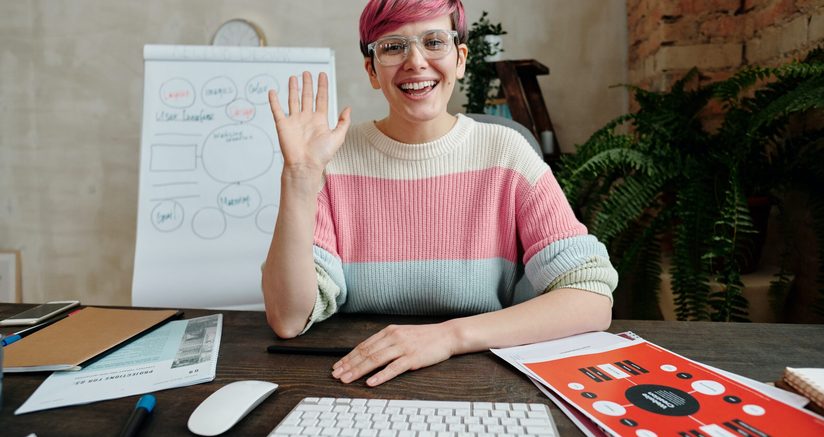How creativity works
According to the Cambridge dictionary, creativity is ‘the ability to produce original and unusual ideas, or to make something new or imaginative’.
When you look at creativity in the workplace, things can be a little bit different. We don’t always have the blank pages to fill or the green lights to all our designs and intuitions.
When I asked my colleagues about their views on creativity, they used words like ‘freedom’, ‘innovation’, and ‘unconventional’. These words demonstrate how creativity is perceived. In this way, we can also identify the major elements to promote imagination and keep critical thinking up.
It’s important to remember that it can be difficult to be creative at work and it varies depending on the person’s background.
So, when companies wish to improve creativity in the workplace, they need to find the best way to spark and unlock employees’ imagination.
Odd how the creative power at once brings the whole universe to order.
– Virginia Woolf
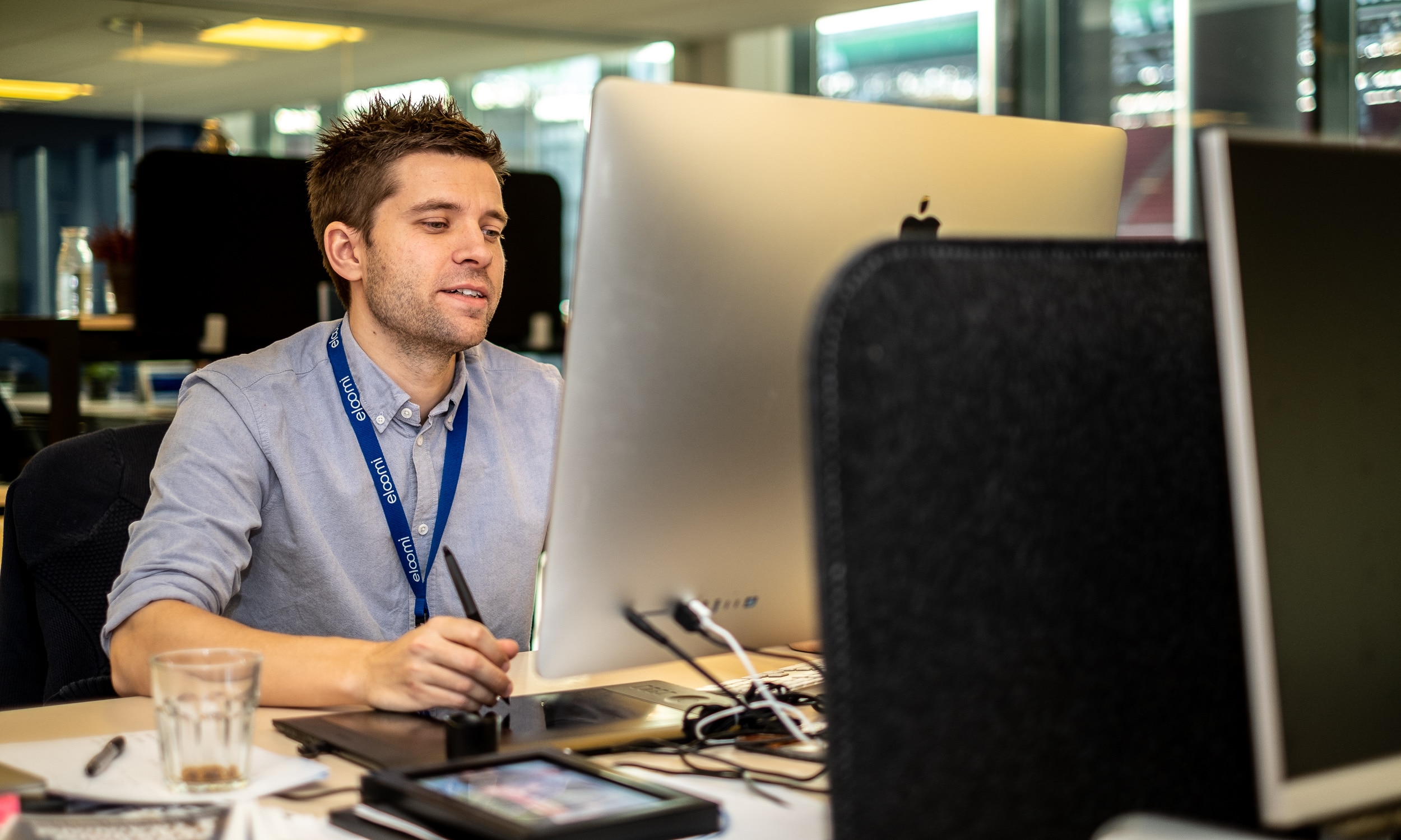
Creativity takes courage
Being creative is about daring to try new things. In the words of the famous French artist Matisse, ‘creativity takes courage’. Whether you want to be an artist or not, creativity is a great source of development and joy.
Adopting a creative approach to work requires a structured mind and a strong will.
I discovered early in life that creativity is about coming up with new ideas and learning from others.
To be creative, you must draw inspiration from ingenious individuals and innovative projects. You can be inspired by an artisan, a famous painter, a football player, a movie, or a great architectural design. The choice is yours.
When I started preparing this article, my attempt to define creativity and how it works came from powerful readings and notable figures who made something remarkable with their own artistic mindset.
What about our professional life? Let’s find out how to unleash our creative spirit in the workplace.

Best ways to promote creativity at work
Each time we start a big project, it is always good to divide it into smaller pieces or tasks. Therefore, when we look at creativity in the workplace, we can take a similar approach and define it in a number of ways.
We can start by saying that creativity comes from curiosity and critical thinking, some of our most valuable soft skills to learn.
However, the common perception about using creativity at work is that you should be a visionary or have an artistic background.
The truth is that we can all be creative in our own way, and the good news is that we can all learn to improve our creative side.
Here are six tips for developing and unlocking your creativity in the workplace:
- Connect with different people – When you only interact with people like you, you may miss new ideas and visions. You can work in sales and get inspired by the IT team!
- Accept failure – say goodbye to perfection. The creative process requires a significant number of errors before finding a good solution.
- Meditate – you may prefer to take a walk in the park and connect with nature. The most important thing is to disconnect and have a special moment to wonder.
- Save your ideas – write down your innovative thoughts, dreams, and curious questions in a notebook or a digital folder, so you can always use them if needed.
- Think big – design your work projects with a wider outcome, save extra space for your achievements and imagine all the connections and impacts on a larger scale.
- Learn new things – sign up for digital courses or webinars and start a new hobby. Change your mindset and find your creative spark!
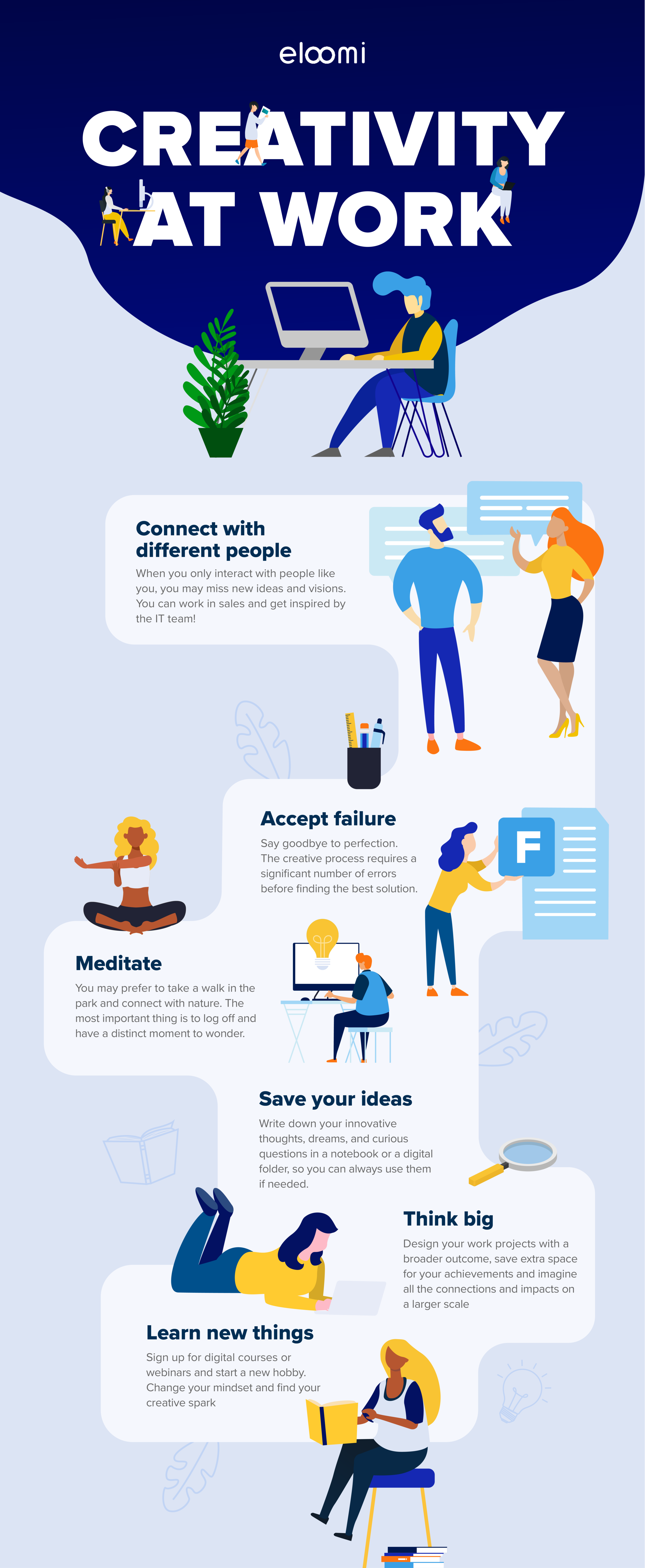
Improve everyday
Like many things in life, you need to practice creativity at work and be consistent to see better results.
Finding the right processes and ideas to stimulate your imagination seems difficult, but you should try to think outside the box.
If creativity is a matter of curiosity, find out what the rest of your team is curious about. Getting original ideas begins with seeking them out of your personal mind space. For instance, requesting feedback is a great creative action. It’s a simple yet efficient way to obtain external inputs and enable a creative process with others. What’s more, you will help build better team energy and productive collaboration. Bear in mind that creativity can arise in different situations and unexpected discussions.
At work, we tend to build a safe space, especially when working remotely. In addition, we set expectations regardless of changing factors, but uncontrollable factors provide excellent opportunities to generate new ideas.
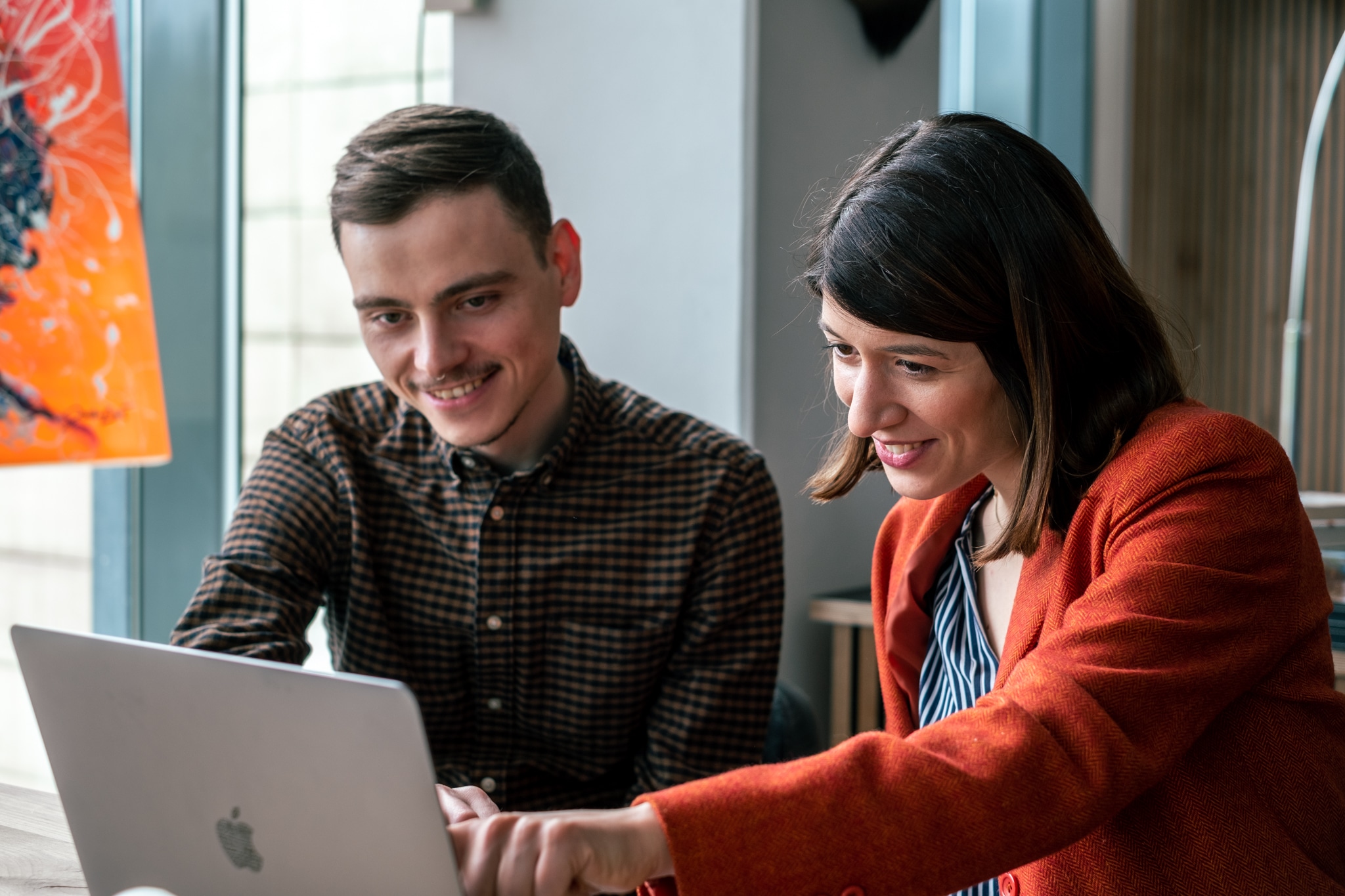
You can’t use up creativity. The more you use, the more you have.
– Maya Angelou
Think big
Think big. It’s not a slogan; it’s a creative imperative. No one lands on the moon without imagination in the back of their engineer brain. Inventing new machines or building the Colosseum, all these projects shared the same attitude: grandiosity.
What about our work and life plans? We ought to improve our imagination and think bigger whenever we can.
Let’s make an example. I am writing this article about improving creativity at work. This short description makes it smaller than it really is. Instead, I want to motivate readers to change their work routine; I do try to shake their inner spirit and give food for thought!
How about your job? I’m sure you can describe it in different ways, but each one would be missing something.
If we tell ourselves that our job is a list of tasks and deadlines, we may believe that there is not much potential and time to be creative.
Thinking big and going off the beaten path is a valuable exercise to strengthen innovation and creativity. I’m not talking about self-confidence; I’m talking about focusing on a vast landscape.
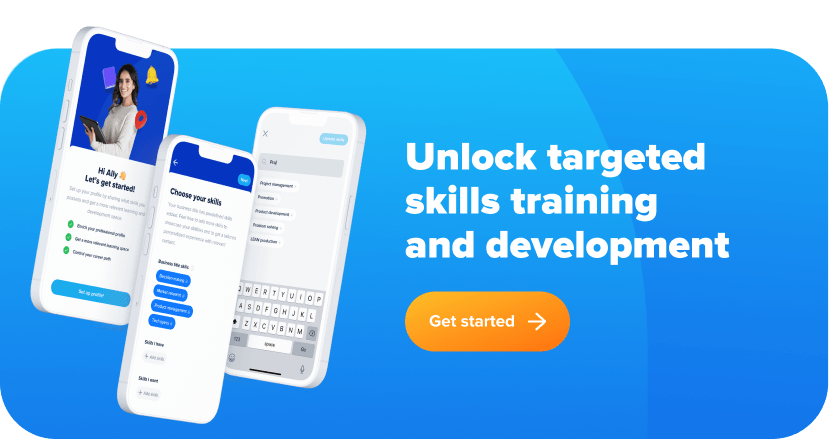
Different creative approaches
We already mentioned how creativity differs from person to person, but it’s also important to recognise it in its various forms. Creativity is often hidden in our way of thinking and working.
For example, being a problem solver or a designer requires a certain amount of creativity. The creative effort is evident if you have to write a slogan or launch a new product image. However, there is a part of the job that is dedicated to analysis and planning. Likewise, if you are working on a large spreadsheet, everyone will assume that analytical work is predominant. However, creativity can help you come up with new ways to create smarter, faster reports.
In both cases, creativity and analytical thinking are essential to achieving a professional result. These two worlds are intertwined, and we shouldn’t separate them.
My point here is that creativity can be expressed in different contexts and multiple ways. If we continue to identify creativity as an isolated element of our lives, we will eliminate the possibility of improving and using it everyday.
Creativity at work is a valuable skill that we can use in many circumstances. This means that it can also be trained and developed according to different personalities.
My advice is to consider creativity as something practical and useful for various life situations. Generating ideas is a human instinct that doesn’t belong to a specific job or artistic aspiration.
You can never solve a problem on the level on which it was created.
– Albert Einstein
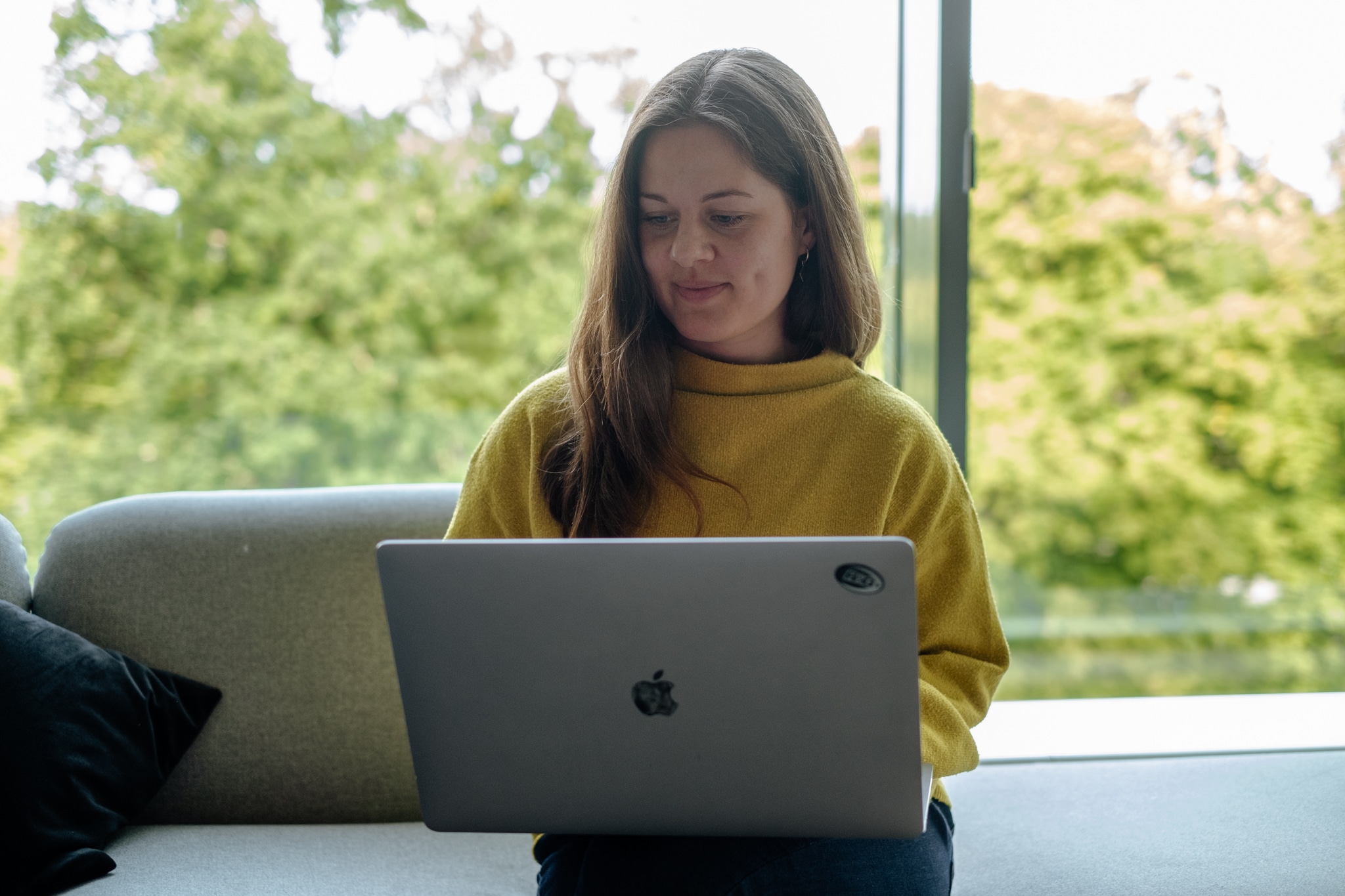
Why creativity at work is important
Imagine writing a letter to your young- self, what would you say? What would be your biggest advice? We probably identify our most significant times when things have changed or something unexpected has come into our lives. How can we make new changes and add more creativity in our work life?
Breaking a work routine doesn’t mean getting distracted and forgetting our responsibilities. On the contrary, it brings new and unconventional ideas into our space.
You will recognise renewed creativity in the workplace when people start sharing their discoveries and looking for new ways to work.
Keep in mind that the underlying question for creativity often starts with ‘Can we do it better?’ and ends with ‘Can we do it differently?’.
Sometimes, we should try another path that can be faster or more enjoyable for us and others.
Two heads are better than one
As you know, learning is a beautiful way to boost creativity. It stimulates your brain and nurtures your curiosity on a deeper level. However, doing it regularly while being busy at work can be challenging. It is, therefore, crucial to identify the best learning approach and content to drive our motivation.
Microlearning or gamified training, for instance, are exciting ways to get new knowledge and inspiration for creating something original. Have you ever been bored while doing repetitive tasks? A rapid training module can uplift your mind effectively.
Today, with remote working, we have more opportunities to devote some of our time to developing our soft skills and exploring potential areas of career development. Being alone, away from our office space, provides a suitable situation to focus on and deepen our technical expertise.
An online training platform opens a whole universe to explore new methodologies to work better and smarter.
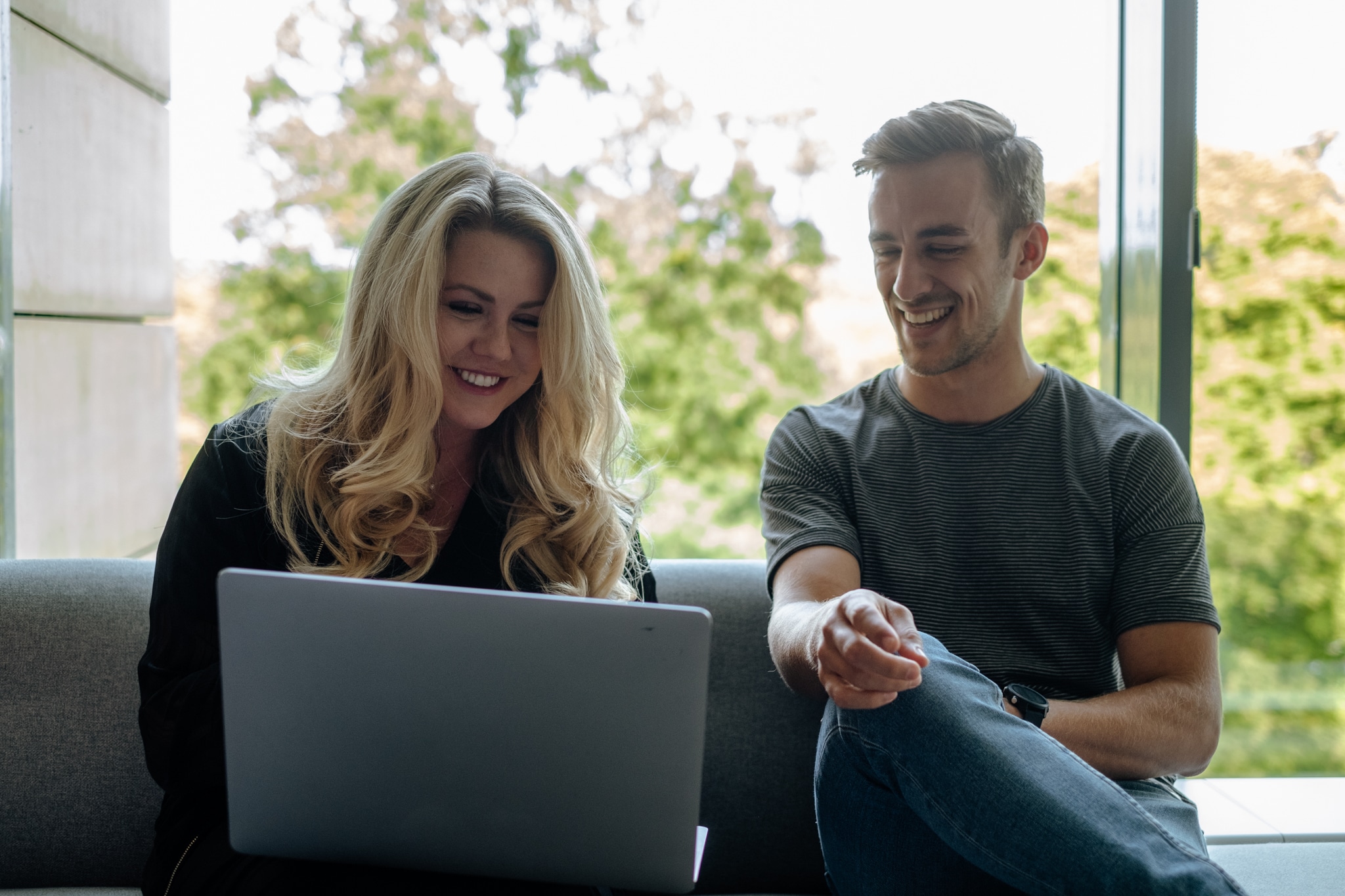
Creativity is a continual surprise.
― Ray Bradbury
Moreover, a learning management system with a gamified structure is perfect to increase the engagement level one step at a time.
According to Lego, whilst learning, we are encouraged to build a creative process that allows us “to take ownership and challenge the constraints of our own understanding, or of the object, idea, or relationship we originally discovered”.
Another exciting aspect of learning is the knowledge sharing process that comes after; it is the same with ideas. If you have an idea and I have another one, we can plan future projects with a richer base.
Work remotely and creatively
One of the main risks of working from home is the lack of events and spontaneous social moments between colleagues.
Thus, remote employees must find strategies and gather the best tips to build a healthier professional life in their home and private routines.
Creativity comes from all kinds of places. You can find a special rock playlist to get an extra boost during the day or work out for ten minutes to refresh your mind. In fact, exercising gives energy and reduces the stress that may block your creative instinct.
During remote working, it’s fundamental to allocate time to move our bodies and stimulate our brains. Creative activities such as reading a few pages of a sci-fi book, brain exercises or an online tutorial will help you improve your problem-solving skills.
Use your extra time to take notes on your day and prepare a week full of learning moments and creative inputs!
My future starts when I wake up every morning. Every day I find something creative to do with my life.
― Miles Davis
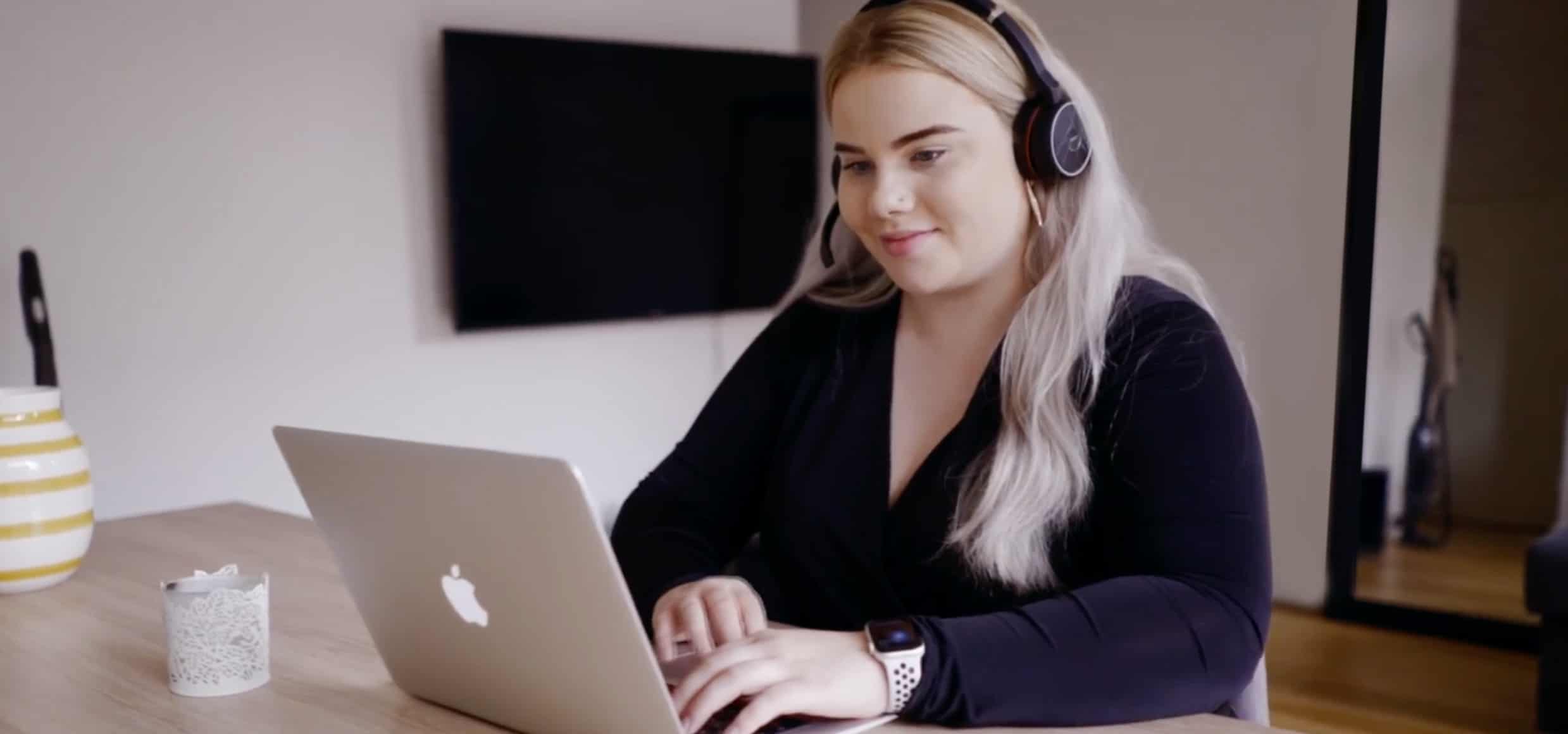
How to hire creative employees
I can’t emphasise that enough, but we’re all creative. Some people are always curious; others need additional encouragement to get creative at work.
When hiring new employees, it’s important to include this element in the initial conversation. Creativity may not be the first requirement for many roles, but it helps to find out more about the new hire personality and the ability to work in a team.
As I said before, creativity is about thinking outside the box and seeing unconventional solutions. Finding new colleagues with these precious skills can make a huge difference and help you promote diversity.
As an HR Specialist, it is useful to keep in mind that well-known questions often lead to common answers. Besides, you can make a different recruitment process as well as a smart onboarding process later.
This can be one of HR creative tasks; finding an unusual way to discover a candidate’s knowledge and mindset. Anyway, the golden rule is always applicable, treat others as you want to be treated. So, avoid any uncomfortable situation when choosing creative methods to interview a talent.
Thinking big and sharing inspiring examples will help you and your interviewee to make an inspiring conversation. Keep in mind that in such situations, it is the attitude of curiosity that counts, not just the right answer.

